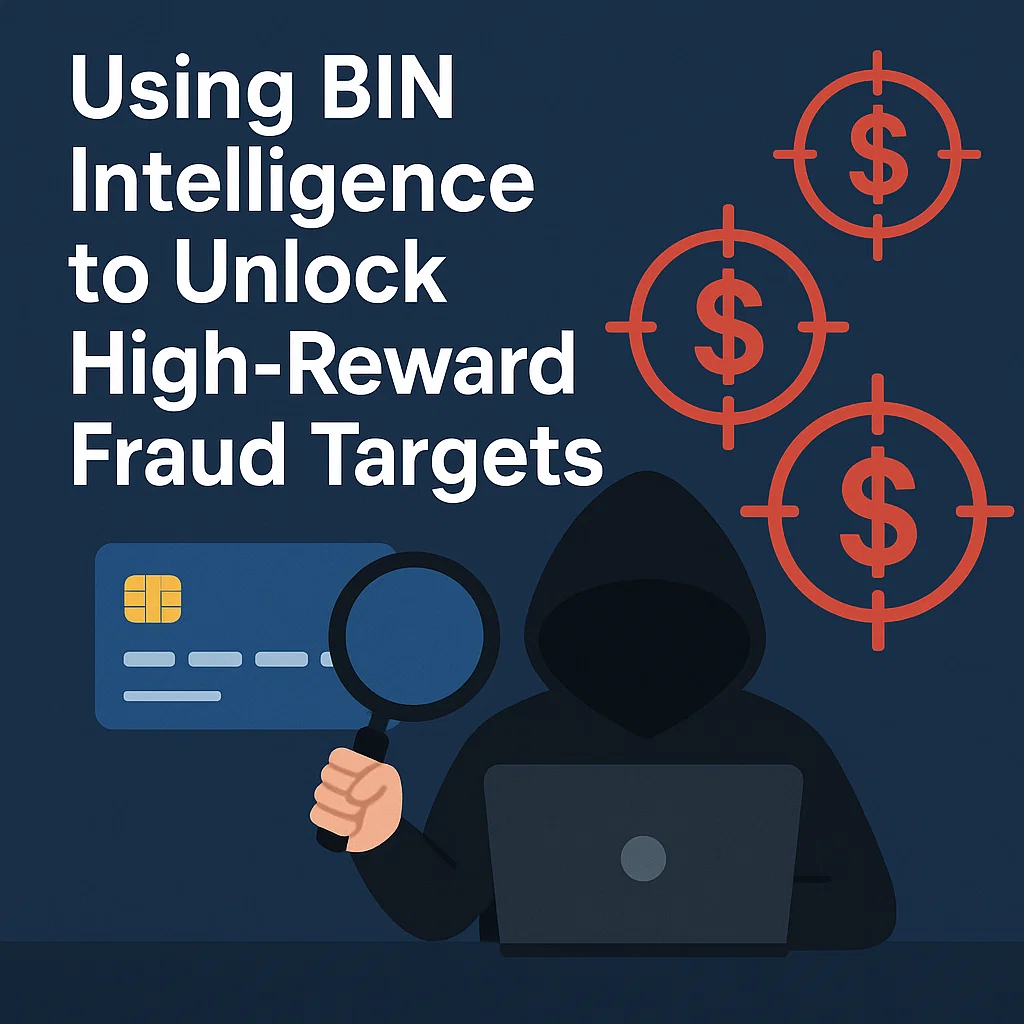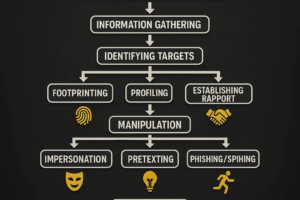In the high-stakes world of financial cybercrime, one tactic separates rookies from veterans: BIN intelligence. Whether you’re targeting premium credit cards, filtering out low-value targets, or identifying vulnerabilities in real-time transactions, Bank Identification Numbers (BINs) are the key to unlocking the most lucrative fraud opportunities.
This post breaks down how cybercriminals use BIN data to identify high-reward carding targets, evade detection, and maximize ROI on stolen fullz, dumps with PIN, and CVVs.
What Is BIN Intelligence?
A BIN (Bank Identification Number), also known as the Issuer Identification Number (IIN), is the first 6–8 digits of a payment card. These digits identify the card’s issuing bank, card type, country, and even the level (e.g., classic, gold, platinum, business).
Cybercriminals use BIN lookup tools to analyze this data and filter for:
-
High-limit business cards
-
International cards with poor fraud prevention
-
Cards with weak 3D Secure protocols
-
Prepaid or debit cards (to avoid)
-
High-trust banks unlikely to auto-freeze suspicious activity
✅ External resource: Free BIN Lookup Tool – Use this to test live BINs and identify issuer info, card type, and fraud risk.
Why BIN Intelligence Matters in Fraud
Every fraudster wants high-value hits with low detection risk. BIN intelligence provides exactly that. Here’s how pros use it:
1. Filtering Fullz and Dumps for High-Yield Cards
Not all fullz are created equal. When purchasing dumps with PIN or CC fullz, fraudsters first run the BIN through a lookup tool to verify:
-
Card level: Is it platinum, gold, or business?
-
Issuer reputation: Does the bank flag transactions aggressively?
-
Region: Are you dealing with cards from countries with lax fraud protection?
Example: A BIN starting with
5412 89might point to a Chase Business Platinum card—ideal for high-ticket fraud and low decline rates.
2. Targeting “Cardable” Merchants
Many cardable websites have fraud filters based on BIN data. If your BIN matches a legitimate business card from the same country as your proxy or drop address, you reduce the chance of triggering AVS or 3D Secure.
External read: List of Cardable Sites 2025 (Pastebin) – Use responsibly for research purposes only.
3. Creating Custom BIN Lists for Shops and Bots
Advanced carders often create their own BIN whitelist to instruct bots, carding scripts, or fake checkout platforms to auto-filter low-tier cards.
These lists exclude:
-
Prepaid/reloadable BINs (Netspend, Green Dot)
-
Student cards or low-limit issuers
-
Cards from aggressive fraud-detection countries (e.g., Germany, UK)
And they prioritize:
-
US/Canada-based business cards
-
No-2FA corporate BINs
-
Cards with verified EMV chip compatibility for dumps
BIN Lookup Tools Used by Fraudsters
Here are some commonly used BIN tools in the underground:
-
Local BIN dump scripts shared on forums like Crimenetwork, WickedForum, or Dread
These tools reveal:
| Detail | Why It Matters |
|---|---|
| Card Level | Higher level = higher limit |
| Bank Name | Some banks = weak fraud filters |
| Card Type | Debit = avoid, Credit = prefer |
| Country | Match with proxy for stealth |
Real-World Example: BIN Filtering in Practice
Let’s say a fraudster buys a batch of 100 CC dumps from a cc shop. Using BIN filters, they eliminate:
-
30 prepaid cards
-
25 debit-only cards from Nigeria or Brazil
-
20 student cards with $500 limits
They’re left with 25 high-limit US credit cards, ready for carding Apple, Nike, or Flight sites using automated checkout tools.
Risk Warning: BIN Tools Are a Double-Edged Sword
While BIN intelligence gives criminals a major edge, it’s also how fraud prevention systems work. Major anti-fraud platforms like Kount, Sift, and Riskified use real-time BIN filtering to:
-
Flag inconsistent geo-IP vs. BIN country
-
Analyze spending patterns by BIN profile
-
Block blacklisted BINs instantly
So as cybercriminals adapt, so do the defenders. It’s a constant cat-and-mouse game.
External resource: Kount Fraud Detection Overview
Final Thoughts: BIN Mastery = Profit Mastery
If you’re navigating the world of card dumps, CVV2, or fullz shops, understanding BIN intelligence is no longer optional—it’s a requirement. Whether you’re scrubbing your own stolen lists, analyzing freebie fullz, or buying from a cvv dump shop, a solid BIN check can mean the difference between a declined card and a $5,000 score.
BIN knowledge = power = profit.


![Read more about the article [Tutorial] Social Engineering Basics – Pretexting](https://somchia.com/wp-content/uploads/2025/06/20250614_1805_Pretexting-Tutorial-Overview_simple_compose_01jxrazv5dezrtzzmnaf539pvq-300x200.png)

